
Contents



Gangneung Chodang Dubu







Glimpse
Beautiful
Gangwon-do
강원도
Vacations and long holidays attract hordes of visitors to Gangwon-do Province, which borders the East Sea. The deep blue ocean and endless mountains covered in a thick blanket of snow exude the beauty of Korea’s pristine nature. Moreover, the successful hosting of the 2018 PyeongChang Winter Olympics enabled the province to build an advanced transportation network, making commuting to and from Gangwon-do far easier and faster. Forming part of the border with North Korea, the province is also a peace zone and an inter-Korean bridge and constantly seeks to open its doors wider to visitors from all over the world.
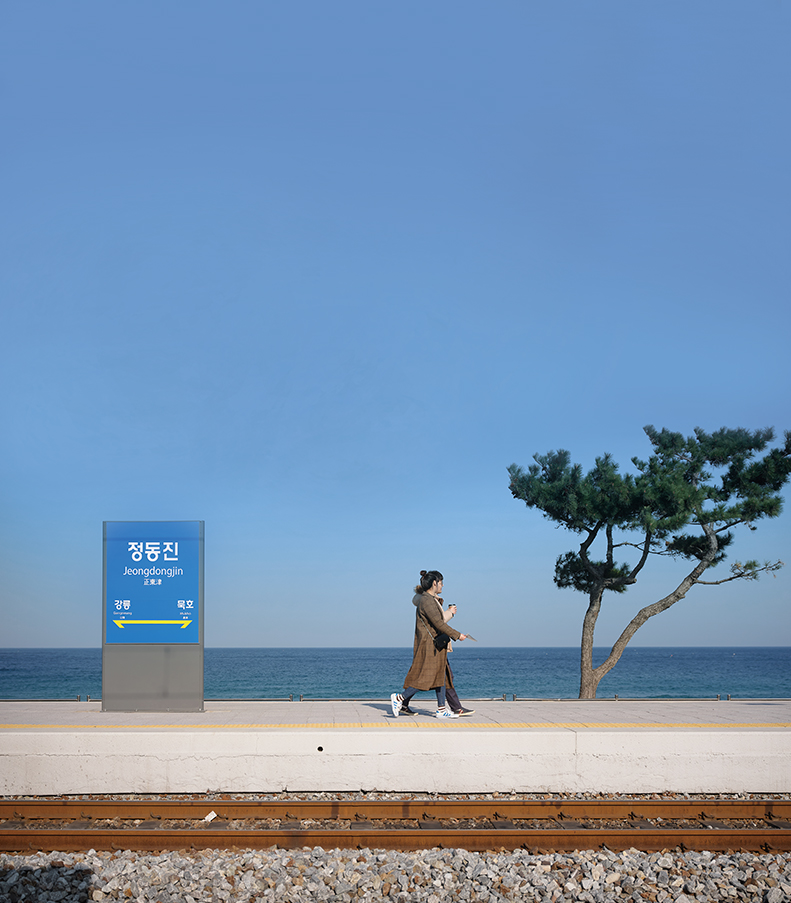 The train station near the open sea of Jeongdongjin is one of the most popular tourist spots in Gangwon-do Province. © studio Kenn
The train station near the open sea of Jeongdongjin is one of the most popular tourist spots in Gangwon-do Province. © studio Kenn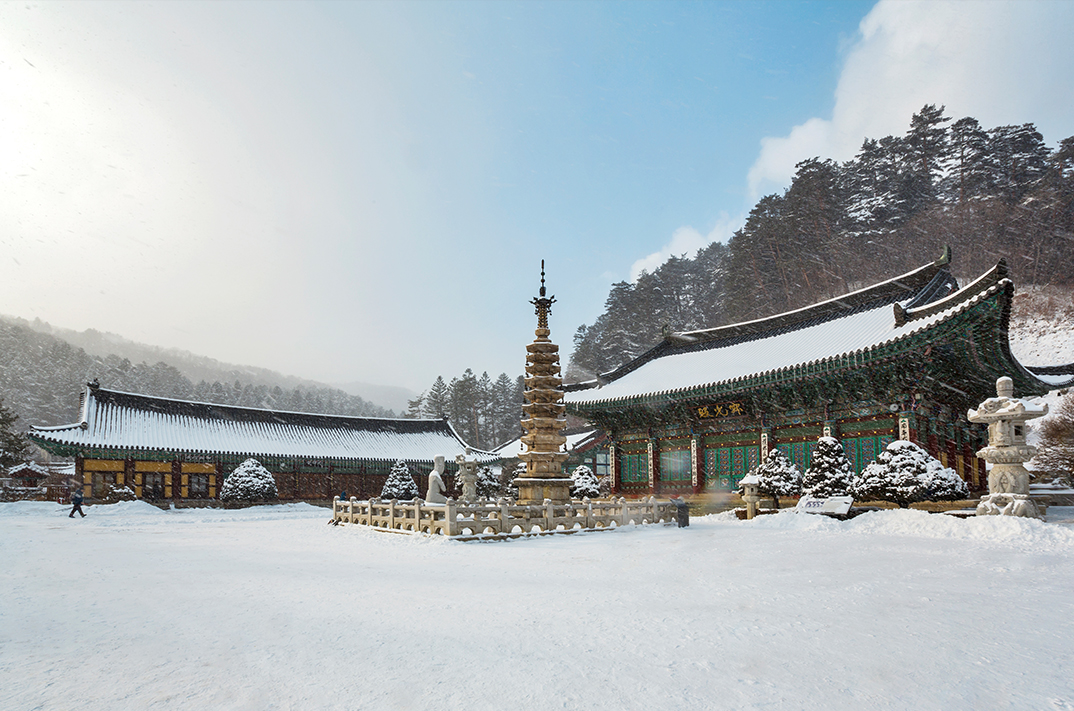
a time-honored cultural heritage,
has a lot of visitors even in winter. © imagetoday
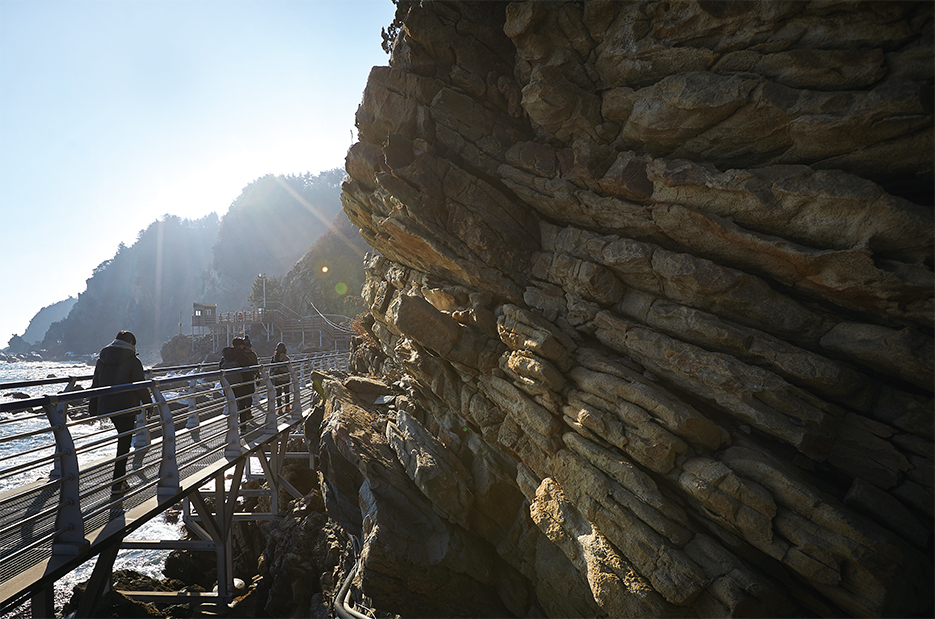
a spectacular bird’s view of the ocean, a site
not to be missed. © studio Kenn
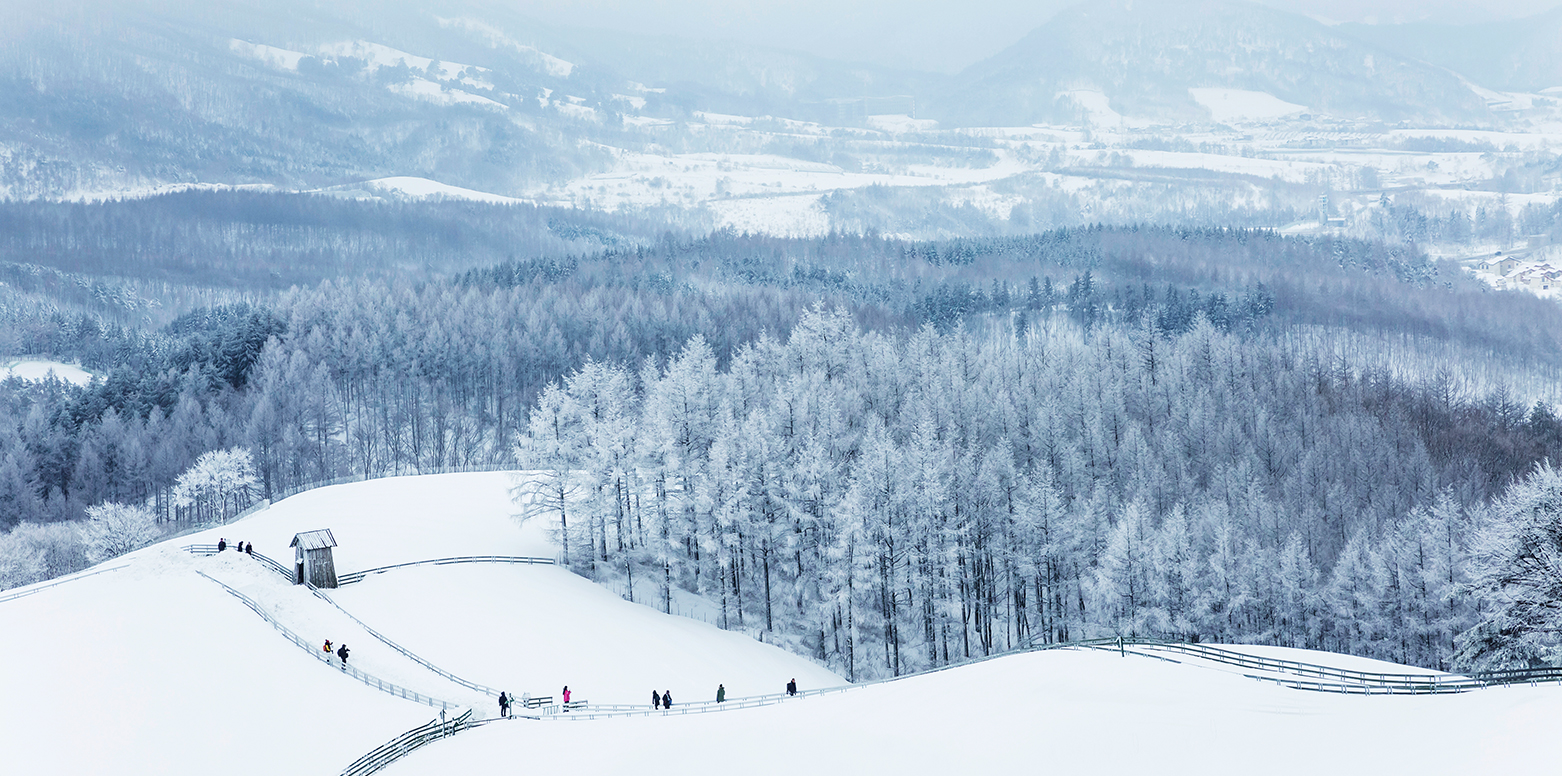
A scenic view in Gangwon-do Province, covered in pristine white snow, refreshes one’s mind and soul. © imagetoday
Essentials
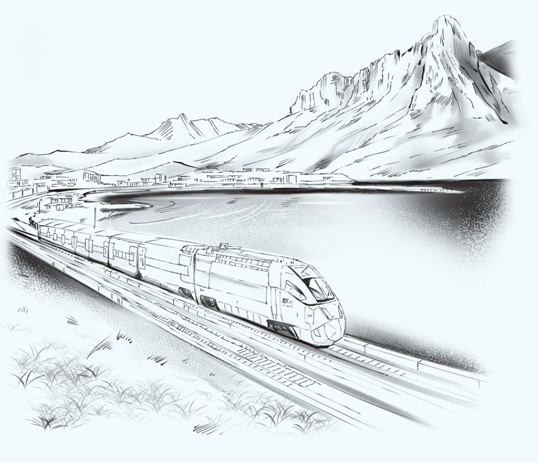
 Seoraksan Mountain & East Sea
Seoraksan Mountain & East Sea
Located 1,708 meters above sea level in the rear of the Baekdu Daegan mountain range, Seoraksan is the country’s third-highest mountain after Hallasan and Jirisan. Seoraksan is also known to house more than 1,000 plant species, 56 of which are rare, as well as 1,562 animal species. Seoraksan enjoys national protection and preservation as a valuable cultural heritage, making it one of the most important mountains in Korea.
Visitors flock to the East Sea, especially in summer, to enjoy water sports such as scuba diving, paddle boarding, surfing and yachting. The bullet train KTX goes from Seoul to Gangenung, which is right by the East Sea, making travel to the coastal city far easier than in the past.
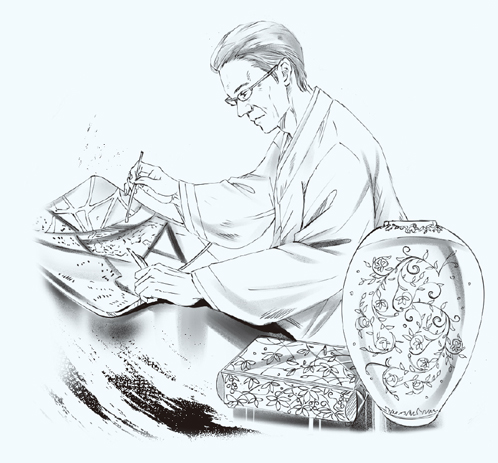
 Wonju Lacquer Painting
Wonju Lacquer Painting
Lacquer can be used on a range of materials from traditional elements such as wood, metal, leather, ceramic and bamboo to modern ones like plastic or medium-density fiberboard. Historical records suggest that lacquer trees have a long history on the Korean Peninsula. While synthetic paint has diminished the demand for natural lacquer used as paint, the cultural and environmental value of lacquer has regained the spotlight amid heightened interest in eco-friendly materials.
The city of Wonju is home to the country’s best lacquer liquid as well as masters of lacquer painting who strive to preserve the craft’s long history. They refuse to abandon the traditional way of painting and drying lacquer dozens of times. For those wishing to learn this craft, a lacquer painting craft class is open to the public to promote this cultural asset. Lacquer art also commands high recognition worldwide.
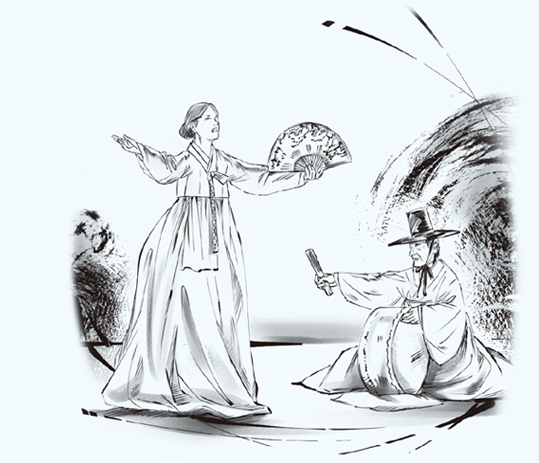
 Jeongseon Arirang
Jeongseon Arirang
“Jeongseon Arirang” is a Korean folk song with the oldest history among all “Arirang” songs. Recognized as the original among the numerous versions of “Arirang” and registered as Gangwon-do Intangible Cultural Heritage No. 1, “Jeongseon Arirang” in 2012 also earned a spot among UNESCO’s Intangible Cultural Heritage of Humanity.
Originally called “Arari,” this folk song goes back at least 600 years. The royal subjects of the Goryeo Dynasty (918 C.E.-1392) are said to have fled to Jeongseon-gun County when the Joseon Dynasty took over in 1392, and sang a song of lament over being forced out of their hometown. This tune was later integrated with the county’s regional folk songs to become “Jeongseon Arirang.” As a gateway to the Hangang River, the Jeongseongun area saw people riding boats to Seoul and spreading the song throughout the country as well as in Gangwon-do Province.
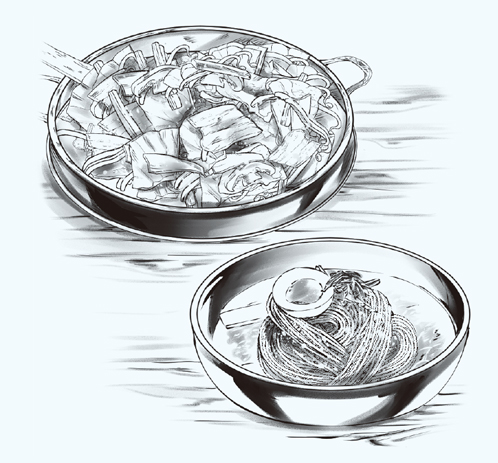
 Chuncheon Dakgalbi & Makguksu
Chuncheon Dakgalbi & Makguksu
Poultry farms in Hongcheon-gun County and the provincial capital of Chuncheon are famous for dakgalbi (spicy stir-fried chicken), Gangwon-do’s signature food. Hongcheon-gun initiated this food competition by offering a charcoal-smoked version of the dish. Chuncheon countered by adding a variety of vegetables and other side dishes that give more volume to dakgalbi in a castiron skillet.
Makguksu (buckwheat noodles), which originated in North Korea, is one of the region's most ubiquitous foods. Many North Korean refugees came to the province during and after the Korean War (1950-53), finding themselves famished in a barren and mountainous land. The climate-resistant properties of buckwheat allow its seeds to grow well even in dry soil. People could produce a large harvest in the relative short period of 60-100 days. This is how these famed buckwheat noodles were born.
Other Articles



Gangneung Chodang Dubu












